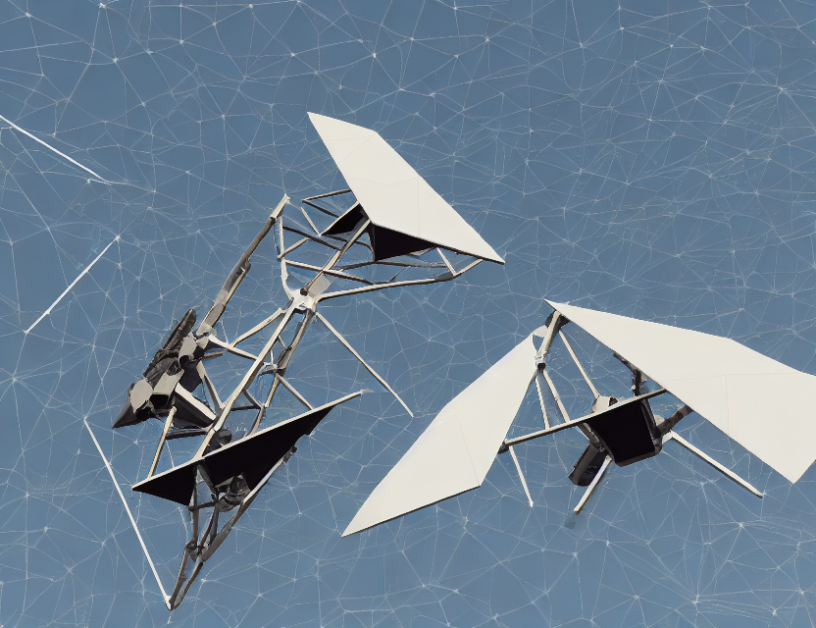In this article, we explore a crucial concept in radar systems called the ambiguity function. The ambiguity function is like a fingerprint that helps identify the source of a signal based on how it changes over time. We dive into the complex world of continuous-time and discrete-time ambiguity functions, explaining their differences and how they are used to estimate delays and Doppler shifts accurately.
Firstly, we define the ambiguity function as the ratio of two signals, one transmitted and the other received, multiplied by a complex exponential term. This function is essential in radar systems because it allows us to determine the source of a signal based on how it changes over time. Think of it like trying to identify a specific person’s voice in a crowded room – the ambiguity function helps us pinpoint the source of the voice.
Next, we discuss the different types of ambiguity functions used in radar systems. Continuous-time ambiguity functions are like a smooth and curvy road that changes continuously over time, while discrete-time ambiguity functions are more like a series of straight lines connected at specific intervals. Both types have their advantages and disadvantages, but the key takeaway is that they help us estimate delays and Doppler shifts accurately.
Now, let’s dive deeper into how the ambiguity function works its magic. We introduce the concept of the auto-ambiguity function, which is like a mirror image of the original signal. By comparing the auto-ambiguity function with the actual signal, we can determine the delay and Doppler shift with incredible accuracy. It’s like looking at a reflection in a mirror – while the reflection may not be identical to the original image, it provides valuable information about the source of the signal.
Finally, we discuss how to efficiently calculate the discrete-time ambiguity function using the Fast Fourier Transform (FFT). This is like using a powerful tool to quickly and accurately measure the distance between two points – the FFT makes the process much faster and more efficient.
In conclusion, the ambiguity function is a crucial concept in radar systems that helps us estimate delays and Doppler shifts with incredible accuracy. By understanding how it works and how to efficiently calculate it, we can develop more advanced and accurate radar systems that play a vital role in many industries, from military surveillance to automotive safety. So the next time you hear the term "ambiguity function," remember that it’s like a fingerprint for signals – it helps us identify the source of a signal based on how it changes over time.
Computer Science, Information Theory
Ambiguity Function and its Role in Radar Systems



